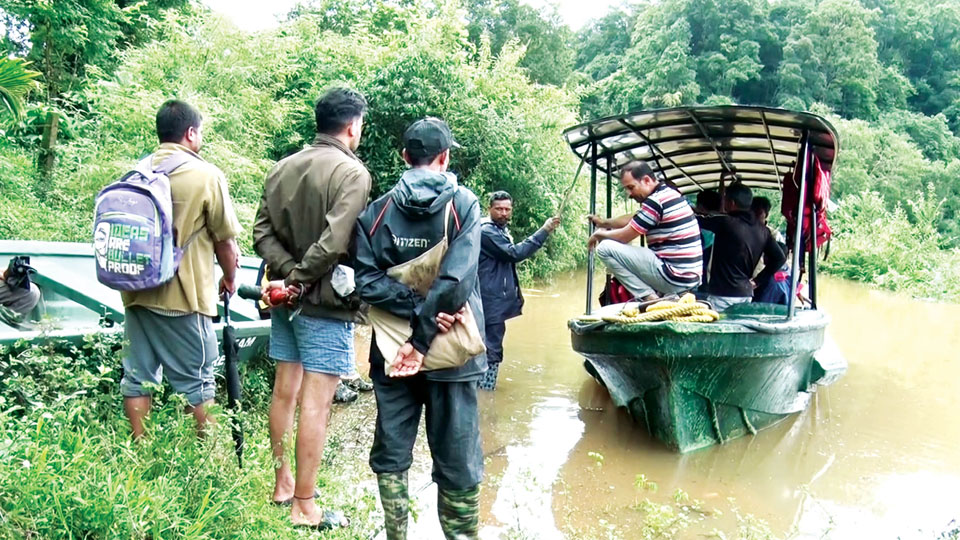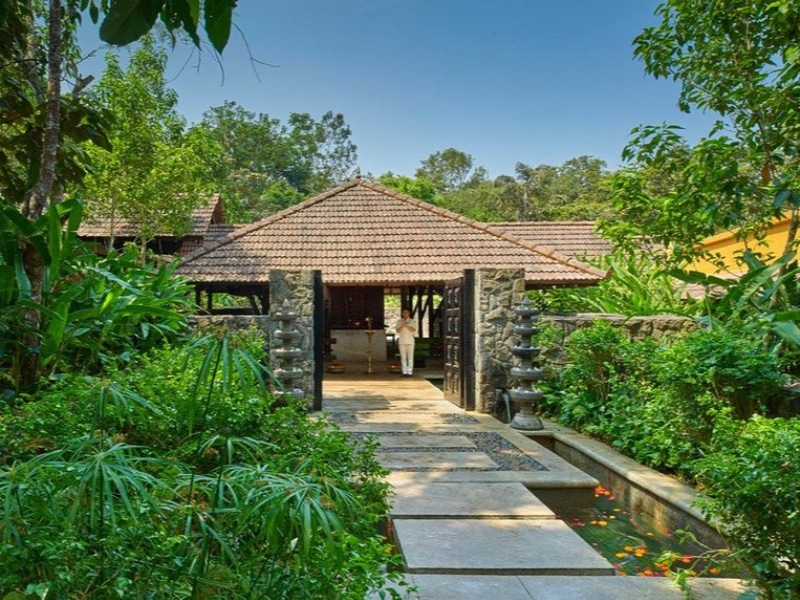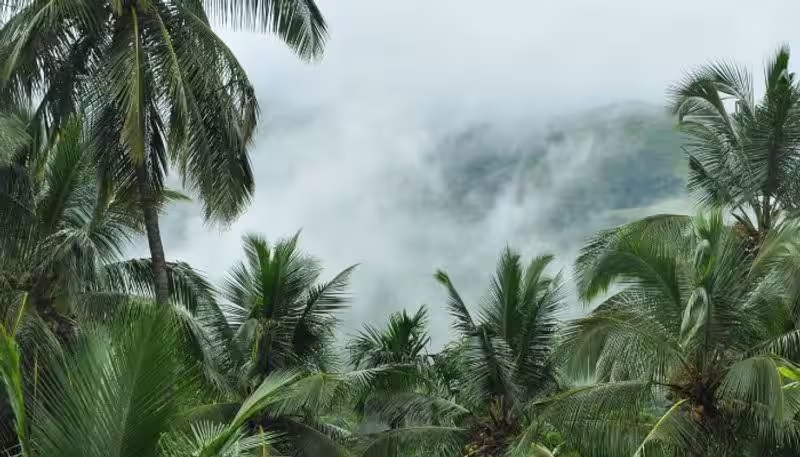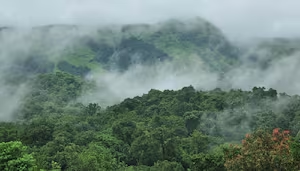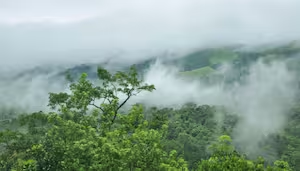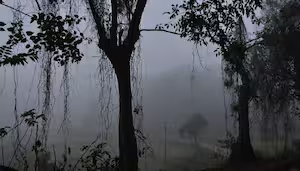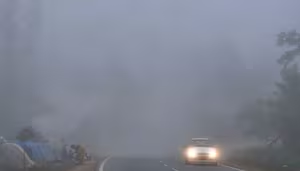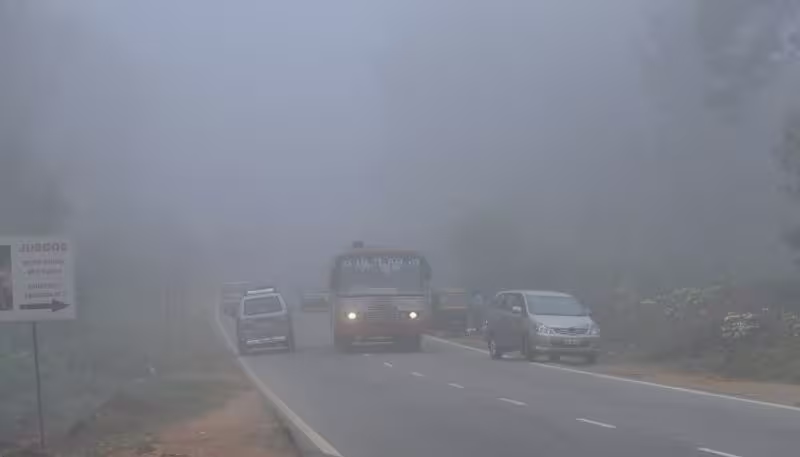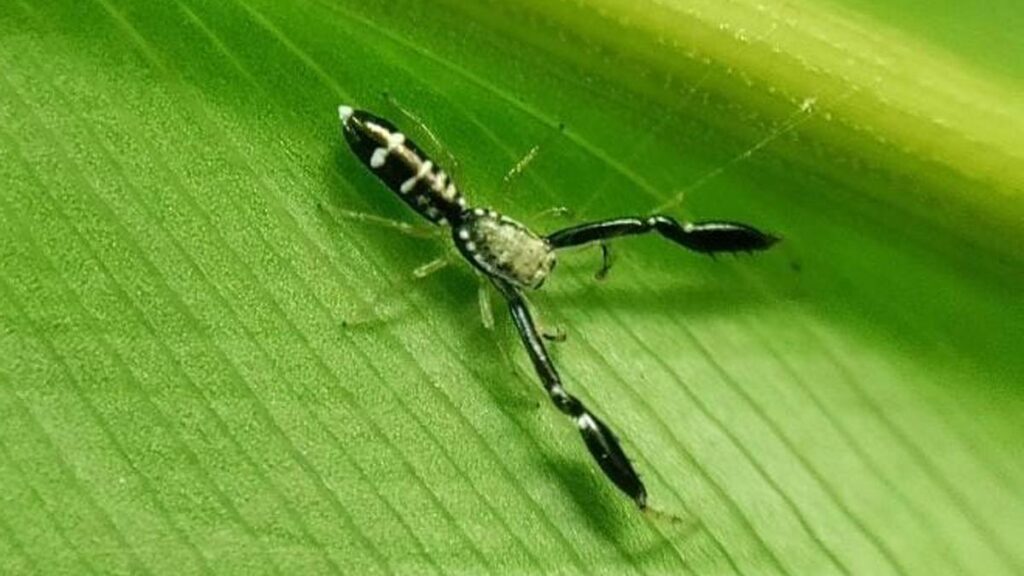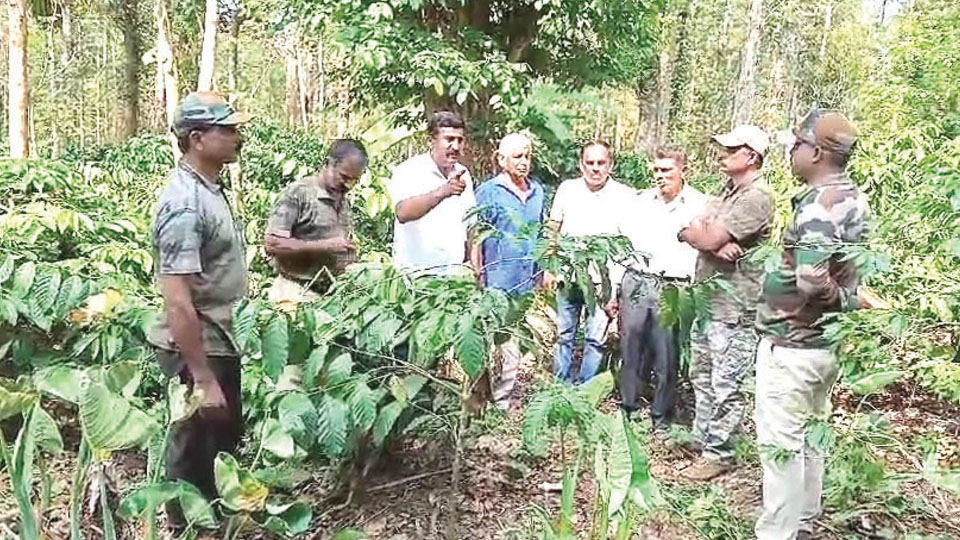Atyadi village in Kodagu, known for its scenic beauty, faces isolation for six months annually due to a swollen stream. Residents risk their lives crossing it, especially during heavy rainfall. Despite decades of pleas for a bridge, authorities have not acted. Villagers, like Nityananda and Ramakrishna, hope for a solution to end their prolonged suffering.
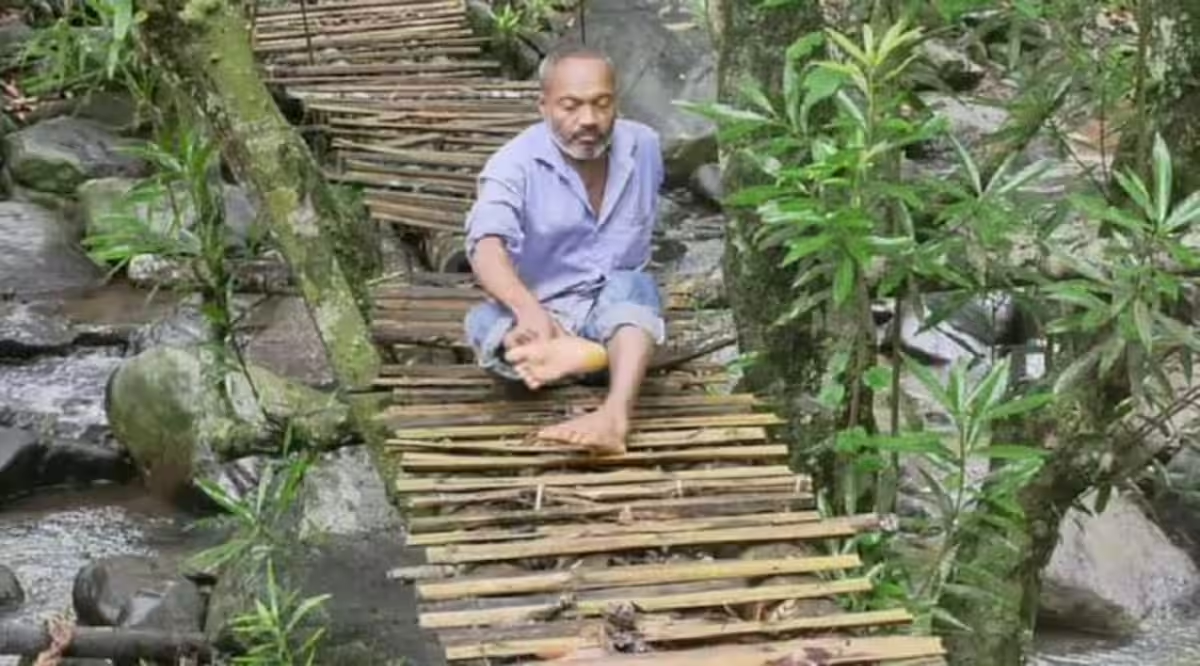
Despite being known as the “Scotland of India” and the “Kashmir of Karnataka,” a village that faces a stark reality far removed from its scenic facade lies in Kodagu. Atyadi village, nestled under Chembu Gram Panchayat in Madikeri Taluk, Sampaje Hobli, struggles with a critical issue that isolates it from the outside world for half of the year.
During the monsoon season, which typically lasts from June to November, a stream flowing through the Hebba area of this village swells to alarming levels, reaching heights of 10 to 12 feet until December. This formidable obstacle effectively severs the village from the rest of civilization for six long months.
The plight of the villagers during this period is nothing short of harrowing. Crossing the swollen stream becomes a treacherous endeavour, with the elderly, disabled, and young children risking their lives to traverse its precarious waters. Nityananda, a resident disabled since birth, is forced to crawl across the hazardous stream to navigate the outside world.
The situation worsens when heavy rainfall causes the stream to overflow, rendering it impassable even by foot. The village becomes entirely cut off, leaving its inhabitants stranded and vulnerable. In emergencies, such as illness or medical emergencies, villagers resort to desperate measures, often transporting the sick on chairs to reach the nearest hospital.
Tragically, the isolation extends even to moments of grief and loss. Last year, when Nityananda’s wife passed away, the village mourned in solitude as outsiders were unable to attend her cremation. Ramakrishna, another villager, expressed frustration at the recurring ordeal, lamenting the lack of response from authorities despite decades of pleas for help.
For the past 25 years, villagers have tirelessly petitioned local representatives, urging them to construct a bridge to alleviate their suffering. However, their pleas have fallen on deaf ears, with promises unfulfilled and solutions elusive. Despite a glimmer of hope when raw materials were procured for bridge construction for 10 lakhs, bureaucratic hurdles derailed the project, leaving the village stranded once again.
As the rainy season sets in, Ayadi village braces itself for yet another spell of isolation and hardship. Residents like Lilavati can only hope that their elected officials will finally heed their cries for help and provide a long-awaited solution to their predicament. The beauty of Kodagu’s exterior belies the urgent need for action to address the hidden struggles of its rural communities.
source: http://www.newsable.asianetnews.com / Asia Net Newsable / Home> English News> Karnataka / by Vinaykunar Patil / May 20th, 2024
